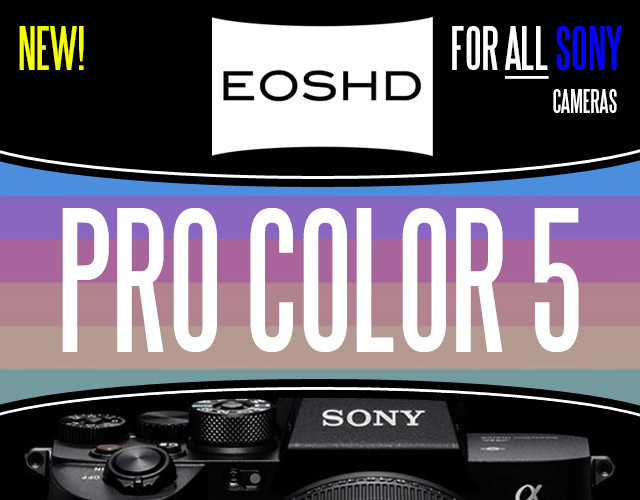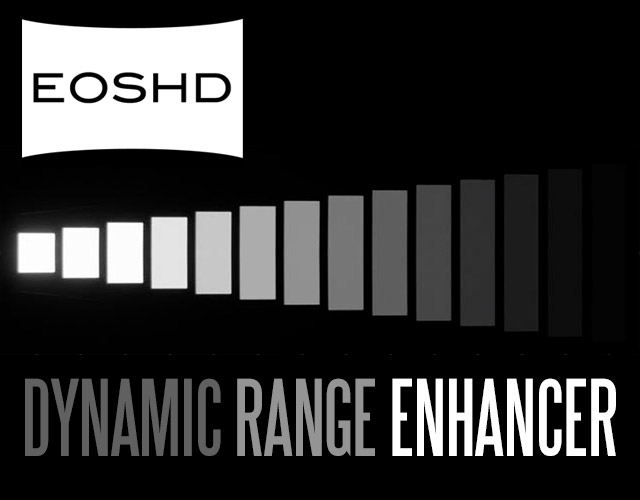How useful is 8K / 12K to you?
How useful is 8K to you?
24 members have voted
-
1. What uses (if any) would you use an 8K+ camera for? (select all that apply)
-
Getting nice 8K+ footage2
-
Getting nice downsampled 6K footage1
-
Getting downsampled 4K/4K+ footage using the full sensor width and also in cropped mode13
-
Getting downsampled 2K/2K+ footage at various crop levels to add a zoom function to the lens10
-
Getting 8K footage in order to do VFX-type work in post (cropping, greenscreen, compositing, tracking, etc)3
-
Other? (Please comment below)6
-
-
2. How important is the above to you?
-
Nice but I wouldn't spend money to get it10
-
I'd be willing to spend a bit more when I am due to upgrade to get 8K4
-
I'd be willing to upgrade early to get it1
-
I'd upgrade immediately to get this extra functionality0
-
It's huge - I'd upgrade immediately and upgrade all my lenses etc to get the highest resolving power possible0
-
It's of literally no use to me and I wish they'd give me better RS, DR, battery life, thermal performance, etc..9
-
-
3. What resolution do you most commonly deliver in? (select all that apply)
-
8K0
-
>6K for a final 6K delivery0
-
6K0
-
>4K for a final 4K delivery3
-
4K14
-
2K / 1080p17
-





Recommended Posts
Create an account or sign in to comment
You need to be a member in order to leave a comment
Create an account
Sign up for a new account in our community. It's easy!
Register a new accountSign in
Already have an account? Sign in here.
Sign In Now